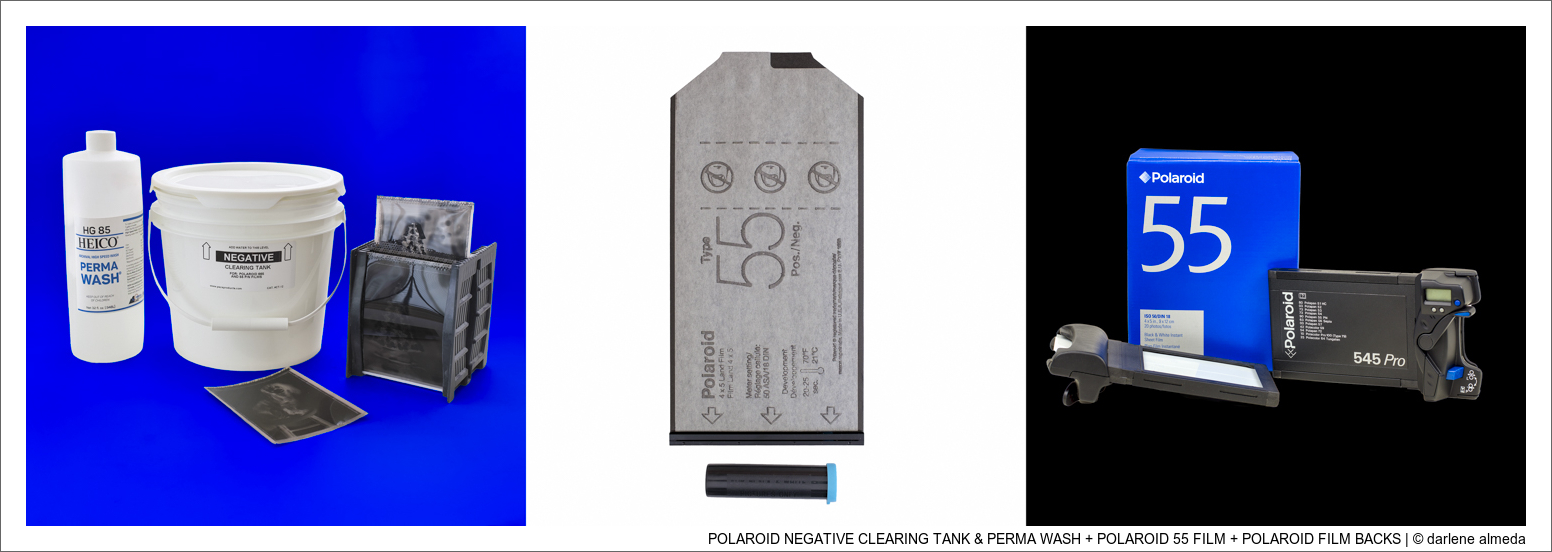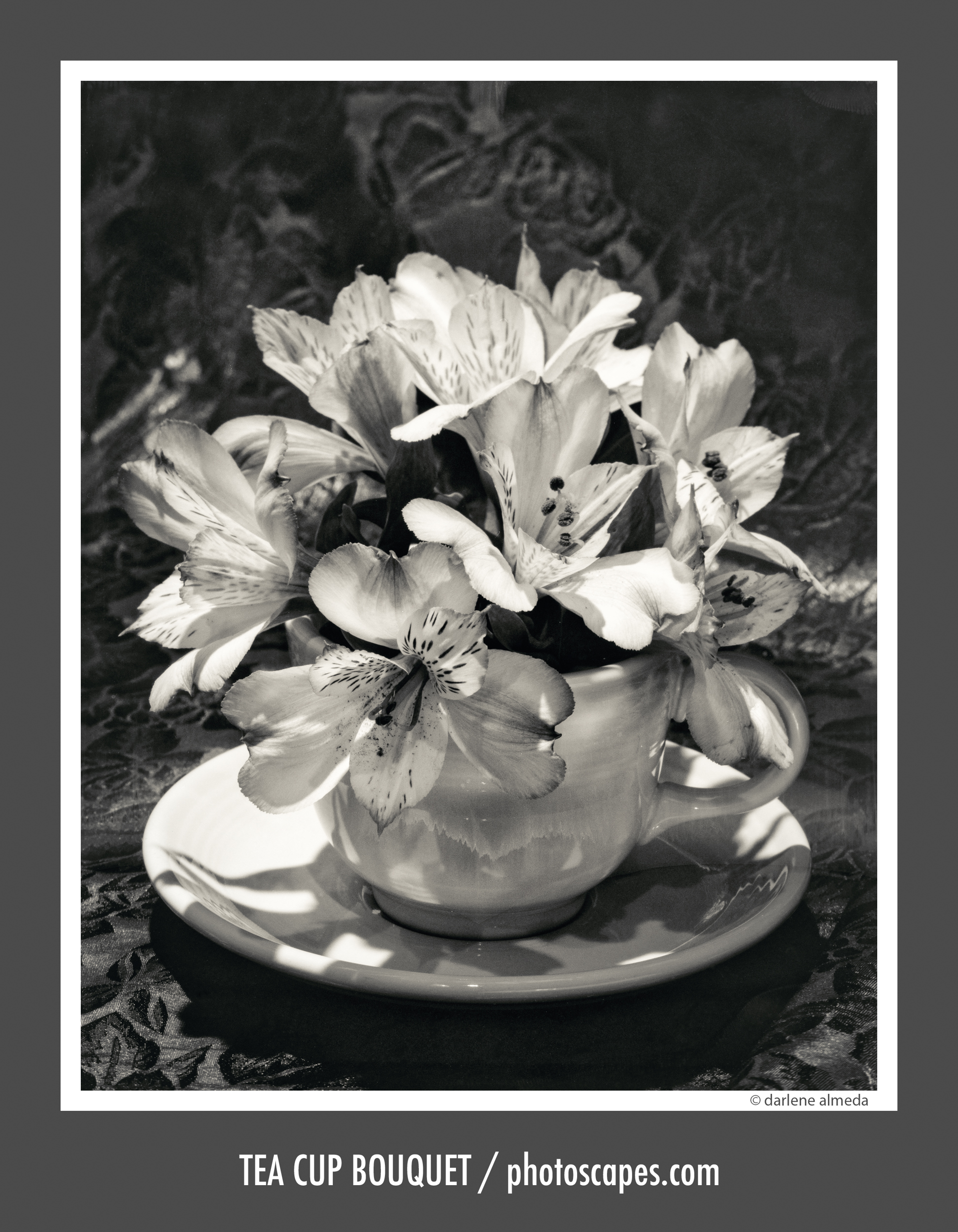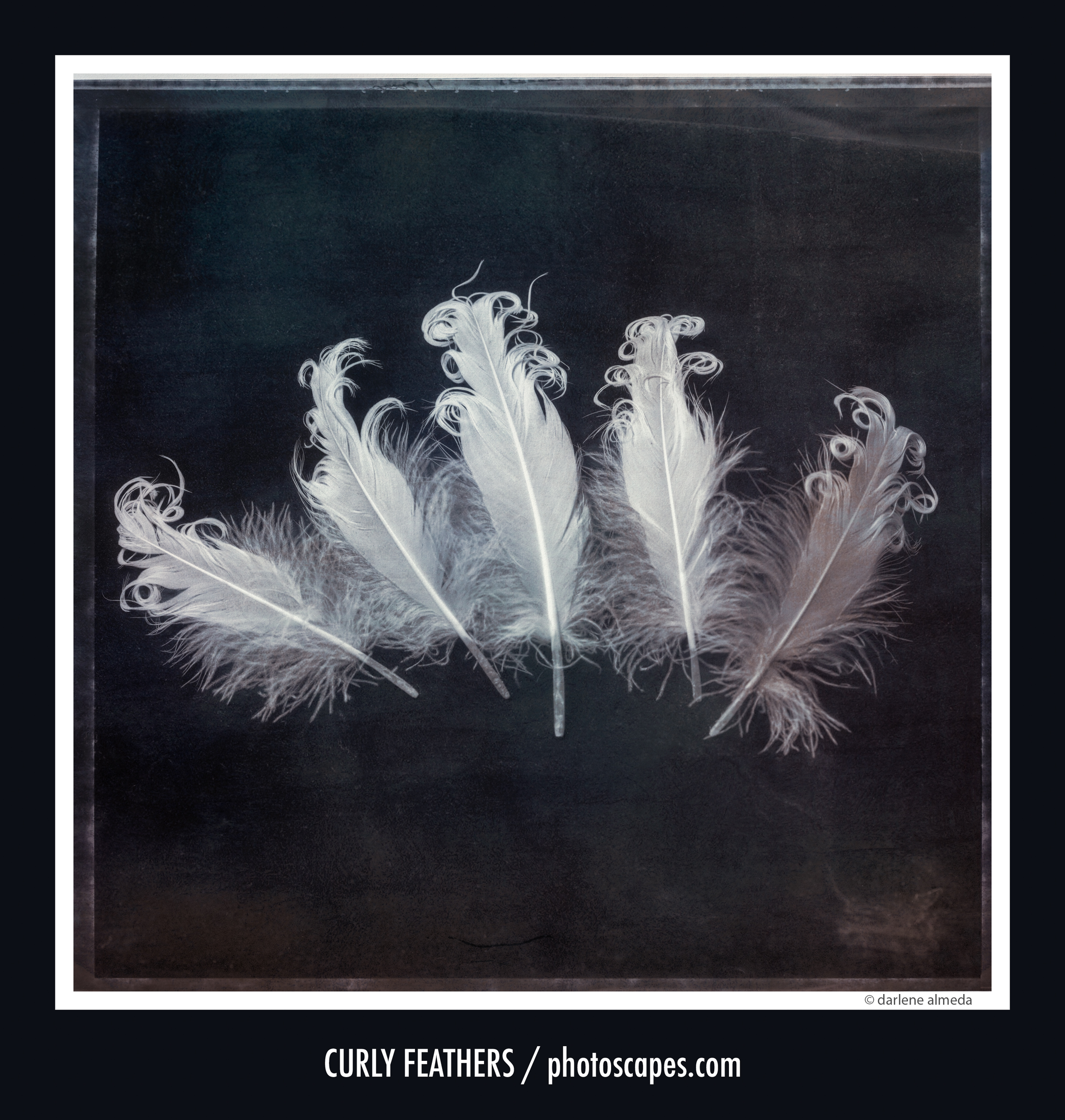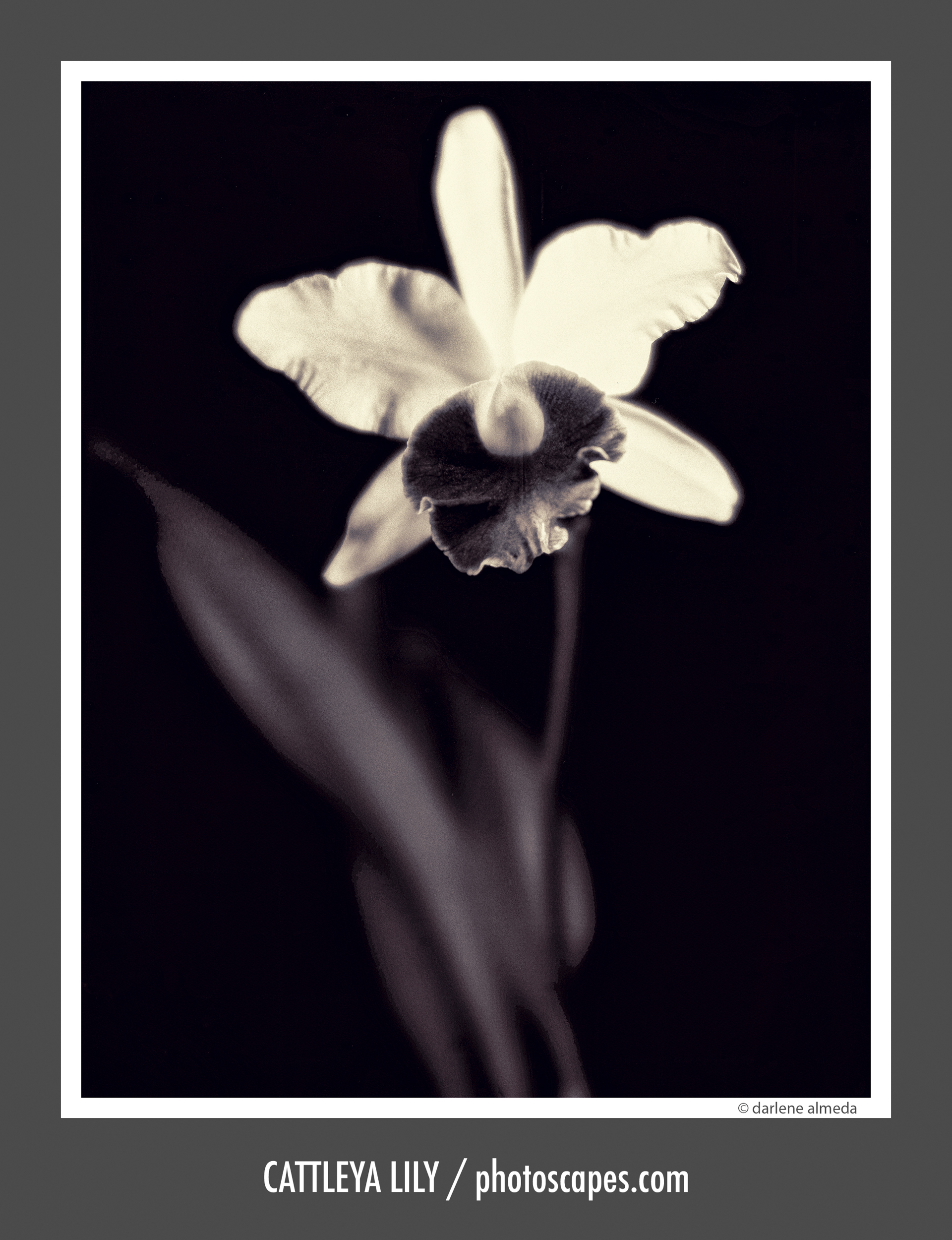POLAROID CLEARING TANK & PERMA WASH + POLAROID 55 FILM + POLAROID FILM BACKS
Editor’s Note: Written over twenty years ago, this post is an article about a film that Polaroid no longer produces, but all of this info can be applied towards NEW55 PN100 or whatever might be available at time of posting this. This article has not been updated, and the links posted may not be available.
Polaroid Type 55 film was designed for large-format cameras and was popular among professional photographers and artists. It offered a unique and versatile feature: each exposure produced both a positive print and a high-quality negative. This made it a favorite among photographers who needed an instant print for quick reference and a negative for further processing and enlargement.
The positive prints produced by Polaroid 55 film are black and white, while the negatives are also black and white but have higher resolution and greater tonal range. The film’s negative can be used to create traditional darkroom prints or scanned for digital editing and archiving.
Polaroid stopped producing Type 55 film in the early 2000s, and as of this update, it is no longer commercially available. Due to its rarity, some photographers still use expired stock if they can find it, but the film’s age could affect its performance and quality.
SHOOTING POLAROID 55 P/N
Shooting Polaroid 55 P/N requires a large format camera that can utilize a Polaroid 545i back or similar, a procedure to clean and dry the negatives properly, and a system for proper negative storage.
I currently use a Linhof view camera when shooting Polaroid 55 P/N film, but I have used a few different 4×5″ cameras with this film, including Arca Swiss, Ebony, and Sinar. If your large format camera accepts a Polaroid 545i back (or similar), you can create the “Polaroid Edges” and fringe associated with this film. The film is rated at 50 ASA, but I am interested in printing from the negative, so I rate the film at 25 ASA. This will yield an overexposed proof but a correctly exposed negative. Once you learn how to expose the film for the negative, you must learn how to clean it properly.
CLEANING 55 P/N NEGATIVES
I use two clearing buckets in two sinks and Heico Perma Wash. I wear nitrate gloves since the developing chemicals can be harmful. The gloves also help to avoid scratching the delicate negatives, as they are easily scratched.
I separate the negative and positive within 25-30 seconds of development time and soak the negative in a 1-2 minute bath of 75 ml of Perma Wash mixed with three liters of water (the purple chemicals quickly disappear), and then a final rinse of clean water for about 1 minute. I hang the negatives using film clips and wait for them to air dry. To help prevent scratches, you can use a solution of Kodak Rapid Fix with Hardener (parts A & B) for two minutes.
HANDLING & STORAGE OF THE NEGATIVES
The Polaroid 55 negatives are fragile and easily scratched, so do not handle them unless you have to. When I do handle the negatives, I always wear cotton gloves. I store the negatives in Print File 45-4HB POL sleeves.
HOW I SCAN POLAROID 55 NEGATIVES
I currently scan my negatives with a Microtek ArtixScan 1800f scanner and SilverFast Ai Studio software. Since the 55 negative is larger than the 4×5 film holders the scanner uses, I tape the negative onto the 1800f’s universal glass film holder. Then I scan the film as color in SilverFast, not black and white, to have more information saved with the scan for further adjustments that will be made in Photoshop. New to scanning? Visit Wayne Fulton’s scantips site or Thomas Zuber’s Scan To Print Digital Workflow.
HOW TO STORE POLAROID 55 UNUSED FILM
Polaroid film has doubled in price since 2003! This film is expensive, especially when it becomes unusable. All of the film I purchase is short-dated, usually with an expiration date of 4-6 months from purchase.
You should store all your Polaroid 55 unused film in the refrigerator and NEVER the freezer. The chemical pods will stay fresh after expiration if the film is stored in the frig. I store mine wrapped in a zip-lock freezer bag in the bottom drawer. The reason for the zip-lock bag is when we took hits from Hurricanes Katrina and Wilma in 2005, my refrigerator defrosted water into the drawer where two unopened boxes of 55 were stored. After drying it out, I tried shooting about five sheets and discovered the chemistry was no longer suitable.
Some photographers say you can shoot the film as any panchromatic film and develop it normally in D-76, etc. I do not know since I threw the film out with many other things ruined by the storms. But I shoot a lot of outdated 55 that have been stored flat (not on its side) in my fridge with no problems.




